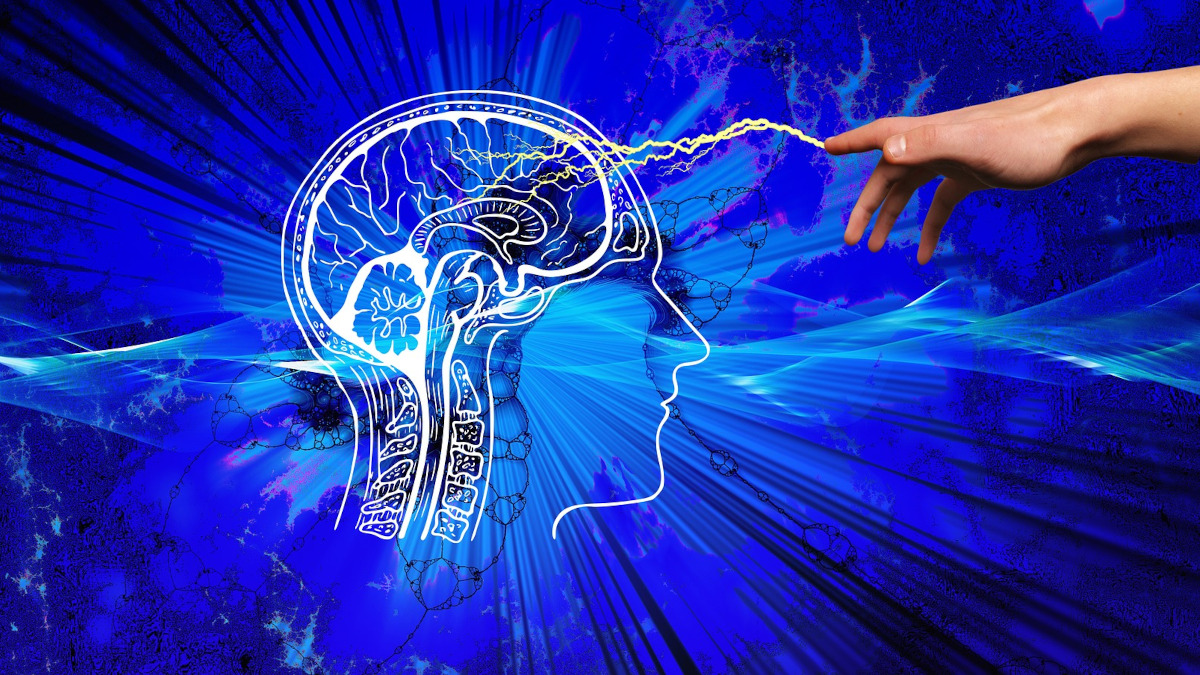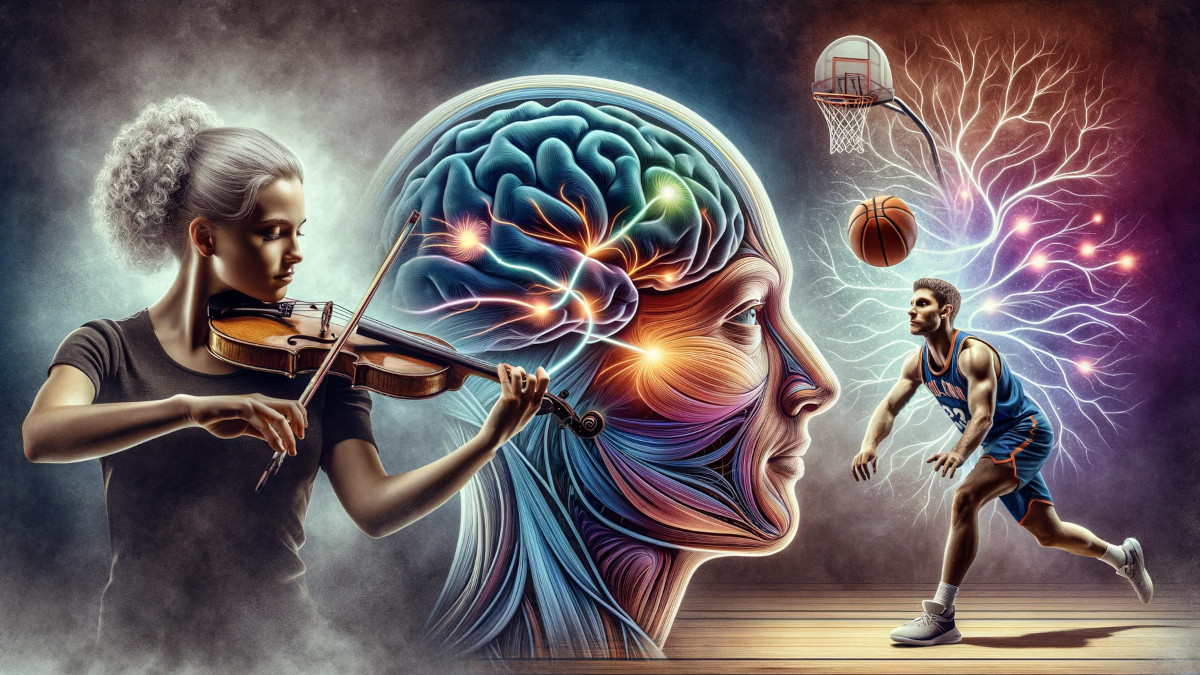How many animals of each kind did Moses take into the ark? What is your answer?
What if I told you that the answer is zero? How hard would you argue with me that I’m mistaken and that it was two animals of each kind? This is precisely the question Daniel Kahneman asks in Thinking, Fast and Slow.
The thing is, Moses didn’t take any animals to the ark. It was Noah. Kahneman uses this to illustrate a relatively frequent illusion. The picture of the ark and two animals of each kind are so clear in the mind of people in the Western civilization, and the Moses figure is relevant in the religious context, so we don’t pay enough attention to whether it belongs to that sentence or not. If the name were nonsensical in the context, like putting there the name of a sitting president, you would immediately see the abnormality. Still, if the context seemed right, you just glossed over and didn’t analyze every word of the sentence.
Our brains are incredible natural machines, yet they are prone to errors and mislead us all the time. Here are some of the tricks they play on us.
1. Priming Effect: Influencing The Way You Think
Kahneman points to an experiment where psychologists realized that exposure to a simple word could alter the ease with which other words come to mind. If you see the word “eat,” and then I ask you to fill in the gap in the word “so_p,” what is the first one that comes to mind? The chances are it will be “soup” rather than “soap.” It is a so-called priming effect, and it is a simple way to influence the thinking of others or get influenced yourself. And it is largely unconscious.
To take the priming effect to the next level, psychologist John Bargh and his team asked a number of students to take a test. In the test, they were tasked to create four-word sentences out of a set of five words. For example, “finds he it yellow instantly.” One group of students got words associated with older people, such as forgetful, bald, gray, and wrinkle. When the students finished, they were told the elevator was down the hall, and they walked away. This walk was the actual experiment. Students from the group with words associated with the elderly walked significantly slower than the others. The words primed the person to think of old age. And then old age got associated with a slower walk. And the students then acted more like an older person without any awareness of any of it. This is a bit extreme version of the priming effect. The experiment wasn’t replicated by others as it is somewhat nuanced and relies, for example, on the students stereotyping the elderly, but it certainly merits some thought.
The priming effect is reciprocal. If you act calm, you become calm. And vice versa. Kahneman points to an experiment where participants were asked to listen to messages through what they were told were new headphones. They were told it was a test of the equipment’s quality and were asked to move them either up and down or side to side. Those who nodded, like in agreement, at the end agreed with the message more than those who shook their head as in disagreement. The unconscious move of their head impacted their attitude towards the message.
You may not believe these studies, or you may believe they don’t apply to you, but that is all you can do about it. The whole problem lies in the fact that your subconscious mind causes them, and therefore you don’t have conscious access to them and are not aware that they happen.
2. Halo Effect: Making Up Stories About Others
Kahneman gives an example of how easy it is to make up stories about others. Imagine you meet Joan, a friendly, easy-to-talk-to woman, at a party. The two of you had a good chat, and you left with the impression that she is a nice person. Then a colleague asks you whether you believe she would be willing to contribute to charity. What do you know about Joan? Virtually nothing. Yet, you most likely say that she would contribute because you believe she is a nice person. Now, without her doing anything, you added generosity into the list of traits you subscribe to her, and you like her even more.
The Halo effect influences us not only when meeting new people. Solomon Asch showed it in a study where he gave participants descriptions of two people. Alan is intelligent—industrious—impulsive—critical—stubborn—envious, and Ben is envious—stubborn—critical—impulsive—industrious—intelligent. Which one of them do you like more? Most participants rated Alan more favorably. The thing is, they are both described by the same words, only in a different order. The first traits listed have an outsized impact on how the other traits are interpreted. For example, stubborn when it follows words as intelligent and industrious, can be seen as a positive trait. However, when preceded by the word envious, it has a distinctly negative connotation.
3. Anchoring Effect: Messing Up With Your Estimates
Visitors of the San Francisco Exploratorium were asked these two simple questions: Is the height of the tallest redwood more or less than 1,200 feet? What is your best guess about the height of the tallest redwood? For some participants, the researchers changed the number from 1,200 feet to 180 feet. The answers to the second question widely differed based on the anchors set in the first question. Those who saw the high anchor of 1,200 feet guessed on average that the tallest redwood is 844 feet. Those who saw the low anchor of 180 feet guessed that the tallest redwood was 282 feet. That is a huge difference. It illustrates how easy it is to influence our thinking by providing an anchor on which we base our ideas and responses. Obviously, the anchoring effect works better in some situations than in others. If you know next to nothing about redwood, you will use whatever information you get to provide a decent answer, and you are more likely to be influenced even by outrageous anchors. Something you wouldn’t be in a topic close to your heart. But even there, you get affected by anchors whether you want or not.
4. Randomness Effect: Seeking Patterns Where There Are None
Kahneman shows another excellent example of how our brain tricks us. This time when evaluating the randomness of events. Imagine you get a report from a hospital that lists six babies born yesterday. The likelihood of whether a newborn is a boy (B) or a girl (G) is the same. Which of these three possible sequences are more likely BBBGGG three boys followed by three girls, GGGGGG all girls, or BGBBGB? Intuition tells you that, especially the second one is crazy. Nature is simply not as organized as that. You feel that the third is the most likely. And yet, they are all equally likely. Each of the six events is independent of each other. Each is fifty-fifty. So it is entirely likely and natural if they are all girls. You probably still feel that it is not likely even with this explanation. Our brain is trying to make sense of the world by seeking and recognizing patterns. In our minds, the sex of the newborn is random. Therefore, having six girls born in a row doesn’t fit our pattern of expected randomness.
5. Focusing Illusion: You Get What You Focus On
When something we like is on top of our minds, we exaggerate its positive effect on our lives. Kahneman illustrates this on the happiness of Californians. If you don’t live in California and I ask you how happy the Californians are compared to other parts of the country, you imagine nice weather and figure out that Californians are happier than the rest of the USA. When you ask Californians, they will not give such an outsized relevance to the weather. They take it as a normal part of life and don’t pay much attention to it. Instead, they will consider other aspects of living in California that they need to cope with every day, like traffic or the cost of living. This would be different for people who just moved to California from a colder place with extreme winters. They will take notice of the climate at least for some time and will feel happier than in their old place.
Putting it all together
As you can see, our brain is a rather unreliable guide. Various cognitive biases mess up our view of reality and tweak it without us knowing about it. All you can do is educate yourself more on these biases and then keep a watchful eye on when they pop up. The chances are good you will still miss many of them, but every now and then, you may catch your brain playing a trick on you, and you may fight back.
What is your take on the topic? Have you recently fallen prey to some of the cognitive biases? Think carefully about the small decisions you make during the day and consider how many of them are guided by your subconscious mind and whether they are in your best interest.
Photo: geralt / Pixabay.com
For more read my blog about management, leadership, communication, coaching, introversion, software development, and career The Geeky Leader or follow me on Facebook and Twitter: @GeekyLeaderIf you enjoyed this article, please consider subscribing to get notified whenever I publish new stories or check out my book Quiet Success: The Introvert’s Guide To A Successful Career






Leave a Reply